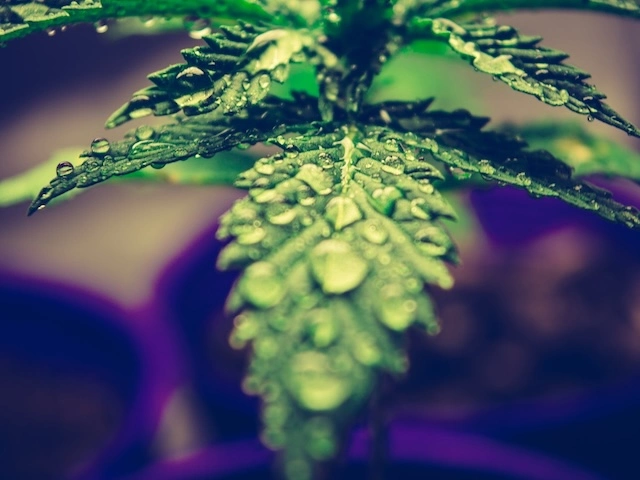
Getting Around the Medical Cannabis Space: Exposing the Safety Conundrum
Overview:
Growing popularity due to its possible medicinal properties is medical marijuana, which is derived from the Cannabis Indica and Cannabis sativa plants. Still, there is a great deal of scrutiny surrounding this polypharmaceutical material's safety. In this blog post, we explore the risk/benefit profile of medical marijuana, highlighting the significance of a product's chemical makeup and illuminating some safety issues.
Comprehending Cannabis Chemistry:
The importance of a product's chemical profile eclipses the differences between Cannabis Indica and Cannabis Sativa. The importance of analytical chemistry cannot be overstated, with THC and CBD percentages serving as key markers. Of the 108 cannabinoids known to science, THC and CBD are the most medicinally significant. Cannabis contains aromatic organic compounds called terpenoids, which enhance its therapeutic effects.
Safety Profile:
Serious side effects are uncommon in cannabis, even with its wide range of compounds. The lethal threshold is still well below the active dose, and the dependence potential is low to moderate. But it's important for users to know about common side effects like anxiety, dry mouth, and altered perception.
Understanding the endocannabinoid system demonstrates that cannabinoids, such as THC and CBD, bind to CB1 and CB2 receptors, which are structurally similar to prostaglandins. Many physiological processes are modulated by endocannabinoids such as 2-Arachidonoyl-glycerol and anandamide.
P450 Enzyme System:
The liver's P450 enzyme system metabolizes medications, affecting how well they work as a medicine. This system is impacted by THC and CBD, which changes the serum concentrations of different drugs. Patients who take medications in addition to medical marijuana must be aware of these interactions.
Drug Interactions:
A number of drugs' serum concentrations can be affected by the combination of THC and CBD. While CBD may raise the concentrations of some drugs, THC may decrease them in others. Potential interactions are critical to understand for both patients and healthcare providers, particularly when taking medications for illnesses like schizophrenia, depression, and cardiovascular problems.
In conclusion, the risk/benefit profile of medicinal marijuana is a complex area where drug interactions, safety concerns, and chemistry all come together. The majority of side effects are mild, but it's important to know the patient's health history and any possible medication interactions. In order to fully realize the therapeutic potential of medical marijuana while maintaining patient safety, continued research and responsible use are imperative.